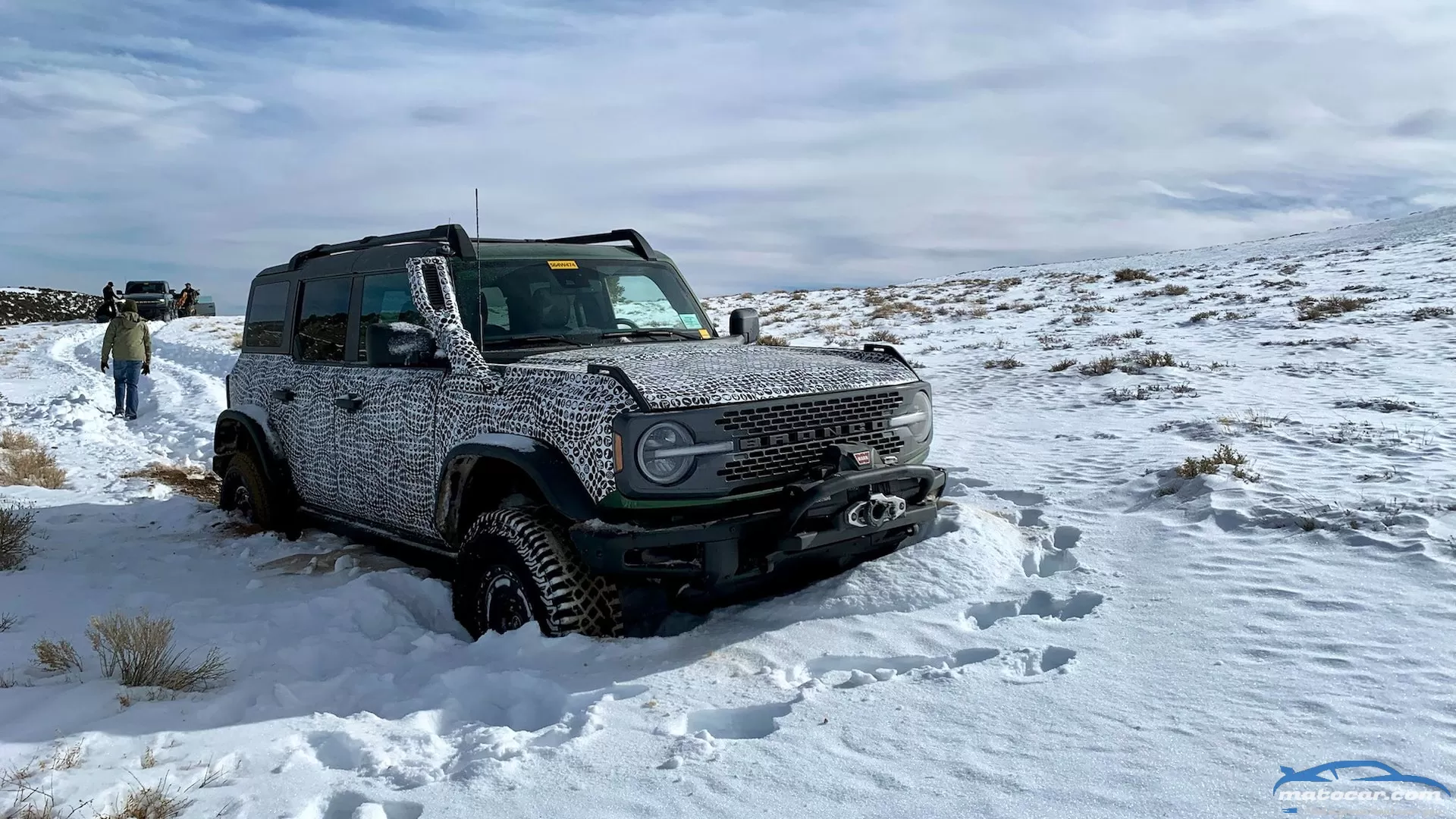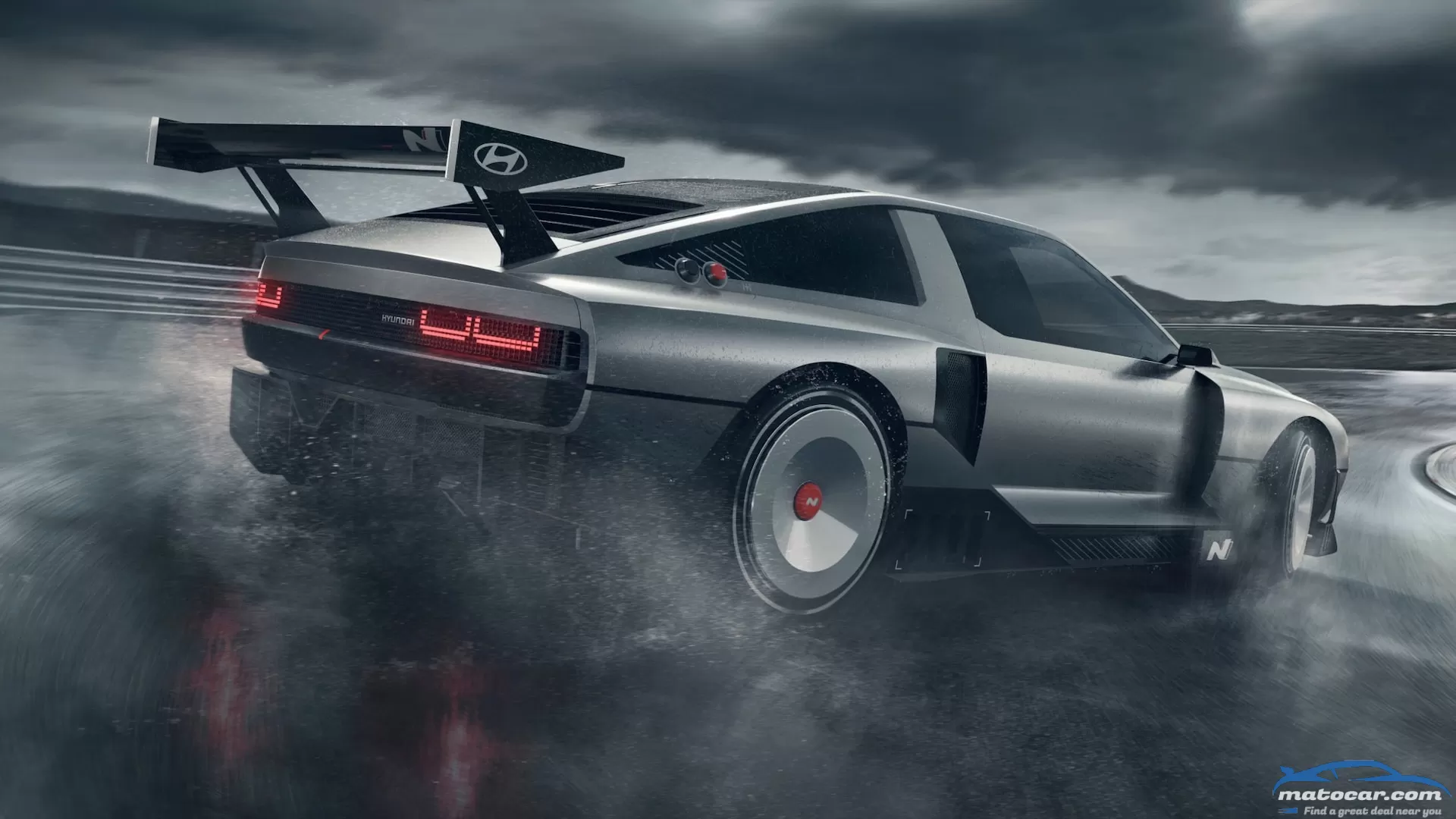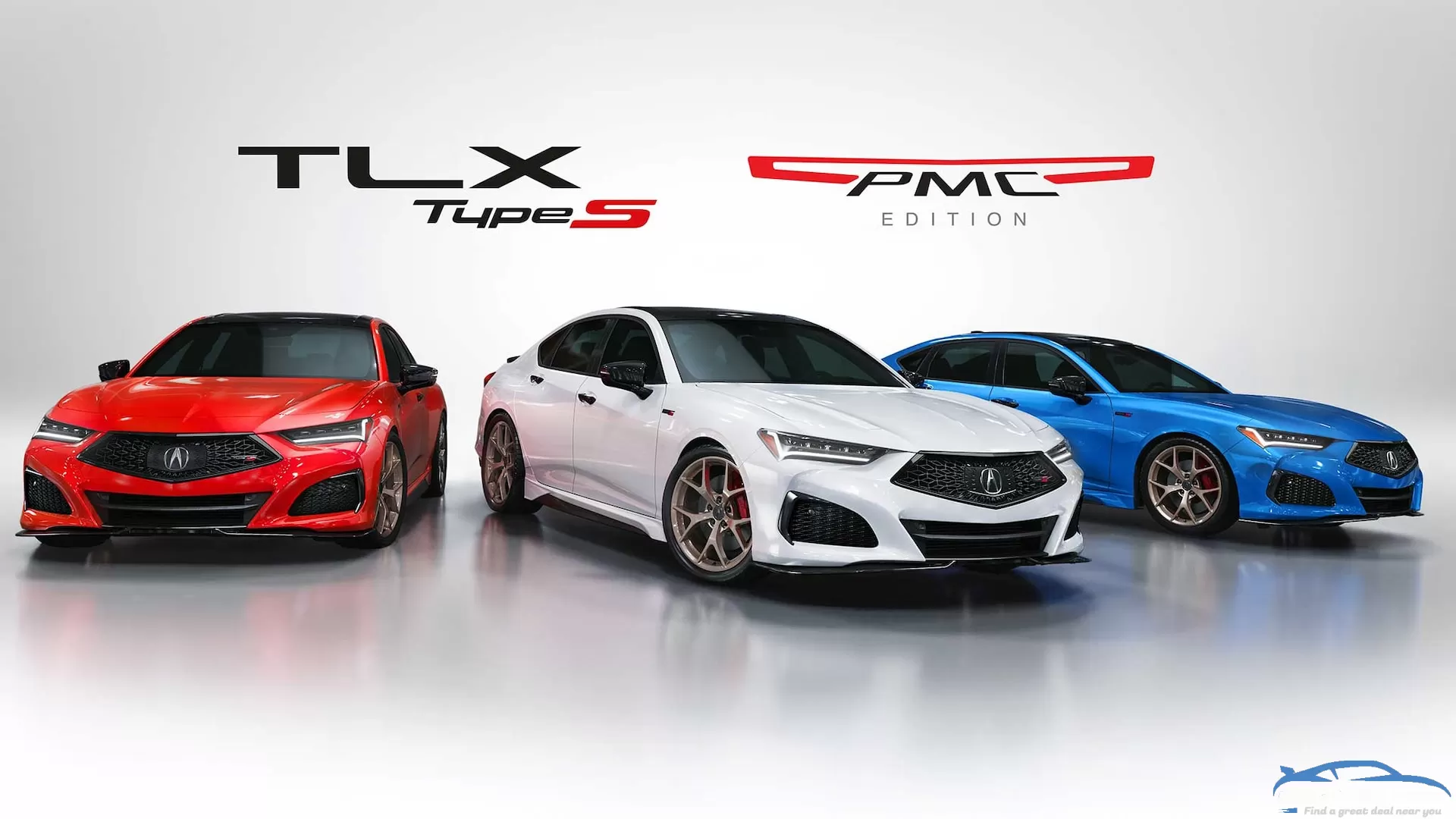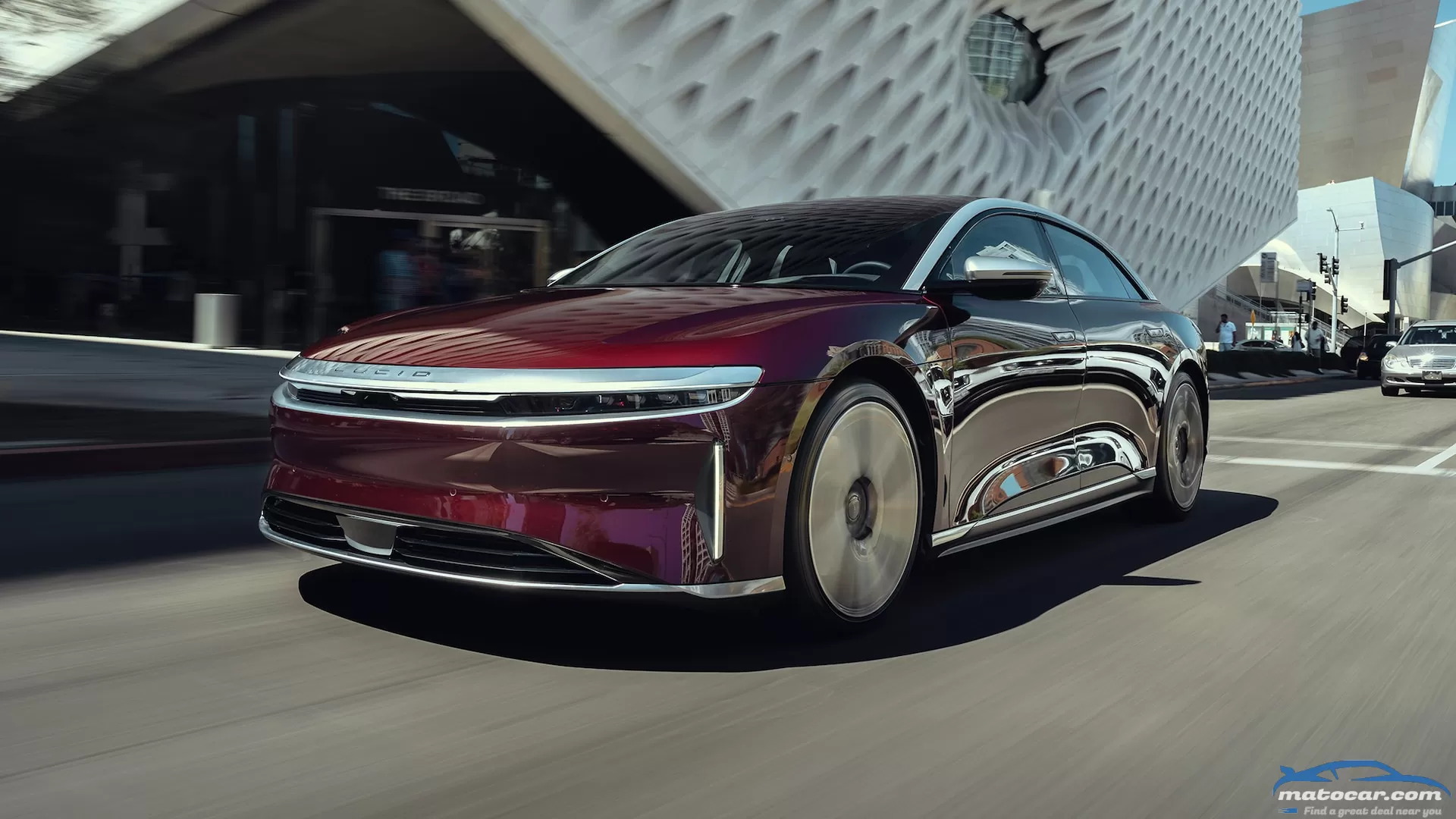Snow Joking Around, the Ford Bronco Everglades Looks Ready to Own Winter

Ford's Director of North American Product Communications Mike Levine sure loves to share stuff about all things Blue Oval on Twitter. That is, of course, his job, but lately some of that sharing has included peeks at hotly anticipated new 2022 Ford Bronco models such as the Raptor and the Everglades. As shared on the Bronco6G forums, Levine has helped make it look as though Ford is really taking the capability of the ultimate adventuring Bronco very seriously—well, mostly seriously.
Snow Testing, In California?
If you've been unaware of conditions here in California, we've come mostly out of our drought with a very rainy end of December 2021 and into the middle of January 2022. This has also led to some amazing snowfall in the mountains of Los Angeles and San Bernardino counties. Especially so near Death Valley, the relatively flat land between Los Angeles and Las Vegas.
This seemingly rare instance of precipitation in California apparently was perfect for some snow testing of the upcoming 2022 Bronco Everglades. From the looks of the first image, the camouflaged Everglades prototype—apparently the same one seen testing back in December of 2021—hasn't changed much. It's also "Mr. Plow"-ing its way through a snow-covered trail just ahead of another Bronco. The second image shows it roosting its way forward in an impressive display of snow flying out from the wheel wells.
Another Interesting Feature?
Also visible in this preview? The seamless onboard integration of onXMaps via Apple CarPlay in the Bronco. This allows drivers with the app to display trail maps with topographic and satellite views on the Bronco's touchscreen, a handy feature when out trail driving—certainly handier than holding your phone while wheelin' or using a dash mount like it's 2012. What we're interested in is if this isn't a sneak peak into the interior of the Everglades as the images are cropped just enough to potentially hide its factory installed snorkel.
You may also like
With Acura's NSX supercar being sunsetted this year after the final run of Type S variants is built, the Performance Manufacturing Center (PMC) where it is assembled by hand is going to need purpose. Well, a different purpose, at least—and Acura's been trying to give it some over the past few years with its normal-looking-on-the-outside, secretly hand-built batches of PMC Editions of its mainstream models. These mostly ordinary Acura models are usually gifted some special paint—a lustrous red on the 2020 TLX PMC Edition, a blazing orange on the 2021 RDX PMC Edition, etc.—and carry the distinction of being hand-built in the same factory as the NSX supercar, by the same technicians, even. The newest addition to this PMC family? The latest-generation TLX sedan.As mentioned, there has been a TLX PMC Edition previously, but that was based on the previous-generation TLX. This 2023 Acura TLX PMC Edition blends not only the newest TLX with the PMC treatment, but also the TLX in its spicier 355-hp Type S form, which also gets Acura's torque-vectoring Super Handling All-Wheel Drive. This sport sedan with a name of many characters will, ironically, be limited in number, though Acura hasn't outlined yet what that number will be. (Past PMCs were built in numbered runs, with each model wearing a plaque inside with its unique figure; there is a similar plaque pictured on the new '23 TLX, but it only shows "001," not how many that number is out of.) It is, of course, built by hand at Acura's PMC in Ohio, and for an added dash of fancy, each car will be delivered in a covered, single-car transporter to its delivery dealership in order to keep the paint free from blemishes.In no small part because this TLX PMC Edition is based on the already saucy looking Type S version of Acura's midsize sedan, it is an altogether more serious-looking machine than the old one. Acura steps up the visuals with copper-colored 21-inch wheels, carbon-fiber rear spoiler and diffuser pieces, and Berlina Black (a classic Honda color) roof and door mirrors. Three colors will be available, and (go, America!), they're Curva Red (with a black interior), 130R White (red interior), and Long Beach Blue (with a white interior)—perfectly timed for a certain celebratory weekend in the U.S.A. All three colors are borrowed from the NSX, too.Other enhancements on the PMC include Pirelli P-Zero summer tires, carbon fiber interior trim, backlit "Type S" door sill plates, and blacked-out badges. The result is a TLX Type S that is subtly different, but in a hard-to-place way if you just saw one on the street.Of course, the delicious, even subtler aspect of these PMC cars has long been their hand assembly, which is just plain unusual for cars not priced in the stratosphere. Like with past PMC Editions, we anticipate the TLX Type S version won't break the bank, costing a few thousand bucks more than a regular one. Again, imagine someone paying just a little more for, say, a hand-built Ford F-150 or Honda Civic. It's both weird and kind of, secretly, maybe cool. We'll know final pricing and, likely, how limited production will be when the order books open for the TLX Type S PMC Edition later this year.
lucid air Full OverviewProsAbsurdly quickHandles like a heavyweight sports carUnbeatable range ConsTakes forever to boot upProximity key is infuriatingSafety tech needs more workMaking an EV quick in a straight line is easy, so much so it's been one side of Tesla's calling card for a decade. Making an EV drive like sports cars has proven incredibly difficult, in no small part because batteries are so heavy. Various automakers with plenty of experience in sports cars have tried, and although they've made their cars go around a corner quickly, none has really captured the feeling of driving a world-class sports car. The 2022 Lucid Air Grand Touring Performance, though, has cracked the code.If you've read our First Drive story on this electric luxury sedan, you already have a feel for what we're talking about. You'll also know the back story: Lucid's director of chassis and vehicle dynamics, David Lickfold, personally retuned the Air's chassis for this Grand Tour Performance (GTP) model by benchmarking a last-generation Porsche 911 GT3 RS, one of the greatest sports cars on earth.Now we have the numbers to add to the equation.You already know the Air is quick, so we'll start with the handling stats. The Air GTP pulled 0.87 g on our skidpad, which is a shockingly low number compared to other high-performance EVs like the Tesla Model S Plaid and Porsche Taycan Turbo S, which both pull more than 1.00 g. Similarly, the Lucid's 24.8-second figure-eight lap at a 0.80-g average is a full second or more behind the other two.But How Does It Drive?It's moments like this we remind ourselves why we do what we do. Numbers don't always tell the story. It's why we created Best Driver's Car and Performance Vehicle of the Year. If you could tell which car drove the best purely via bench racing, we'd just publish charts and fire all the writers. You can't. This car proves it.Put the Air GTP on the same mountain road as the Model S and Taycan, and no unbiased driver will pick the Porsche or the Tesla. As good as they drive, the Taycan in particular, neither comes close to the Air GTP. The Tesla is roughly 450 pounds lighter than the Lucid, but the Lucid feels as if it ought to be the other way around. The nimbleness of this massive car, the response from the front end, and the feedback in the steering, all make it feel like a classic high-performance sport sedan, not a big heavy EV with sticky tires.It's really worth emphasizing here, because automakers have been trying to capture the sheer driving delight of a good sports car in an EV chassis and so far have come up at least a little short. There's a lot of weight for the suspension and brakes to deal with, not to mention the handoff between regenerative and mechanical braking. Putting huge amounts of power to the front axle in all-wheel-drive setups makes it harder to get the steering feel right, and the traction and stability control have a lot of work to do with this kind of power on hand.Lucid cracked the code. Even more so than Porsche. The Air GTP is the new handling benchmark for EVs. If they all drove like this, all the enthusiasts wringing their hands about the all-electric future would have to move the goalposts again. This is the EV we've been asking automakers to build.With 1,050 horsepower going to all four wheels, you'd be forgiven for thinking it might be a handful. We went easy on the accelerator in the early corners, just in case the software didn't have what it takes to cheat physics, but that was unnecessary. In a matter of seconds it was clear this car has the grip and poise to use every last electric pony. Get on the power hard and early exiting a corner, and the Air GTP sticks and goes. You can force the GTP to drift, but you have to be very deliberately trying.It'll Impress Your Friends at a Stoplight, for SureIt does the electric vehicle "super quick in a straight line" thing, too, of course. We clocked this 1,050-hp cruise missile at 2.7 seconds to 60 mph followed by a 10.0-second quarter-mile trap at 145.3 mph. That's a half-second quicker than the Porsche and 0.7 second slower than the Tesla, which is pretty impressive considering the Air GTP is the heaviest car of the bunch.More than winning bracket races and showing off to your friends, though, that accelerative acumen is life-altering on a mountain road. We've driven a lot of high-horsepower supercars on Angeles Crest Highway, and none of them has shortened the time between corners like this one. None of them has required us to back up our braking points as far as this one, and not just because it's heavy. The rate at which this car gains speed and the incredibly short distance needed to do it has you arriving at every corner much sooner and much faster than any other car we've driven. Critically, it doesn't slack off as you approach or exceed triple digits. It just keeps pulling like crazy up to at least 150 mph (where we ran out of test track, not power).Braking for those corners—always remember they arrive much sooner than expected—is another example of the numbers not telling the whole story. On the test track, the Air GTP needed 118 feet to stop from 60 mph. That's as much as 15 feet further than the other two EVs we've mentioned. When you're up the mountain hurtling at a hairpin, though, it has no problem stopping in time, and then doing it again at the next corner, and the next, and the next. What's more, the blend of regenerative and mechanical braking is an excellent recipe, allowing you to lift and activate the regen to slow the car slightly or just settle it, or to get on the brake pedal hard for the serious corners.Is It Also a Good Luxury Car?When it comes to the fundamental engineering of being a good car and a good sport sedan, Lucid has it nailed. The luxury side of things is well in hand, too. The materials are impeccable, the design inside and out is stunning, and the construction all around is superb.We've rattled on before about how much we like the interior of our 2022 Car of the Year, and we're going to do it again here. The front seats provide an excellent balance of comfort and support, and the massagers are no joke. The rear seat, meanwhile, is absolutely massive. Futuristic as all the big screens look, everyone's favorite trick is power-stowing the largest one up in the dash.It's Not Perfect, ThoughWhat's on those screens looks good, too, but the functionality leaves something to be desired. Whereas most cars' screens boot up in the time it takes to fasten your seat belt, the Lucid's need a solid 12 seconds just to come off the loading screen (a beautiful sunset landscape, it must be said). It's another 12 seconds before the car is actually ready to drive, and 10 more before everything is fully loaded on every screen. Thirty-four seconds doesn't sound like a lot, but when competitors are fully booted and ready to work in less than five seconds, it's an eternity.Lucid says an over-the-air (OTA) software update is coming that'll address the load speeds, but it wasn't part of the update we ran while we had the car. That one made a bunch of little background fixes we didn't notice. We couldn't help but notice, however, that the scheduled installation failed to start; after that, the manual installation failed to finish properly, leaving a massive warning on the instrument cluster that read, "Software update failed, vehicle may not be driveable" along with a customer service number to call. As it happens, the car was driveable, but we had no instruments because we couldn't clear the message. After following the customer service rep's instructions to, in essence, turn it off and turn it back on again, the message cleared and the car was fine. Apparently, the update was fully installed, after all.The software update also didn't fix some of the latency issues with the screens. Most of the time, response times to inputs were good, but sometimes it took several seconds for the screen to change. It was especially annoying when bringing up the navigation system, which apparently doesn't always load when you start the car but rather when you actually open that app. It even affected hard controls like the volume rocker switch on the steering wheel, which didn't always register a press and doesn't tell you when the volume is muted but still raises and lowers the volume bar on the screen.We had a similar issue with the video blind-spot monitors. Activating a turn signal brings up a video feed of the appropriate blind spot on the corresponding side of the instrument cluster. The cluster is mounted high enough to put the video near your line of sight, so no issue there. The problem, rather, is that we haven't seen lag like this since we played Counterstrike at LAN parties in 2005. There's no reason for video frame rate to be this bad in 2022.Latent LatencyIn fact, nearly all the issues we had with the Air GTP had to do with latency. The other was the keyless entry system. The best cars wake up and unlock as you're walking up to them, before you're close enough to reach the door handle. The Air GTP almost always required us to stand next to the driver door for several seconds before it realized we were there, and on occasion it didn't recognize our presence at all. At that point, pressing the center of the buttonless key fob is supposed to unlock the doors, but we couldn't get it to work. It just reaffirmed the car was locked, as if we'd only pressed it once (and that's after we finally figured out there was even a button in the fob to begin with by accidentally squeezing it too hard).Non-latency issues were limited to the driver safety aids. We love that automakers are incorporating advanced driver monitoring systems into cars with semi-autonomous driving features to make sure people are still watching the road, but Lucid's system is wildly overzealous. Maybe it just didn't like our sunglasses, but the system regularly warned us to keep our eyes on the road when we were looking straight out the windshield, and more often than not, it almost immediately escalated to a second, much more disruptive warning.We also took exception with the lane departure intervention. Although the overzealous warnings seem to have been reined in since the last time we drove an Air GTP, the way the system intervenes to keep the car in its lane needs work. When you drift too close to the lane line, it feels as if the steering wheel locks up to correct and get back to the middle of the lane; you have to wrest it free. We're fine with the system preventing you from steering farther out of your lane, but it shouldn't fight you when you try to steer back to the proper spot.The only non-software—and thus un-over-the-air-updateable—issue was the glass roof. Lucid says it's coated in all sorts of high-tech chemicals to keep out UV rays, but for a company that builds cars in Arizona, it feels like they didn't test much in the summer sun. When the thermometer approaches triple digits, you need a physical cover. Lucid could also offer a metal roof on this model like it does on the less expensive Airs. The glass roof and suspended sun visors sure do look cool, though.What About Range and Charging?We can't talk EVs without mentioning range and charging, and it's good news on that front. With an EPA-estimated range of 446 miles, it takes forever to run the battery down on this thing, even when you're driving it hard. Replicating a story we did with the Taycan, we took the Air GTP for a run from the beach up into the mountains and—starting with only an 80 percent charge—got there with more than 50 percent left. The Taycan, which started with a full battery, was down to 30 percent, and we drove it on a much cooler day so the battery-, motor-, and interior cooling systems had less work to do.Driving like a normal person, a 50 percent charge is still good for more than 200 miles of range. With a lot of EVs, you feel like you need to keep them at 70 percent or better all the time, just in case. This one you just don't worry about. Plug it in whenever. Only charge it to 50 percent at home so you spend less time tethered to the wall. And shoot, it charges pretty quick. On our 240-volt Level 2 wall charger, it pulls down 25 miles of range per hour, the charger's maximum. Our long-term Rivian R1T tops out at 13.7 miles of range per hour. Hit a high-speed 350-kW public charger, and the Air fills up crazy fast.Curiously, though, its reported efficiency doesn't match its promises. Lucid says it'll do 3.8 miles of driving per kilowatt-hour, but the best we saw cruising on the freeway was barely better than 3.0. Most of the time we drove it around town, it hung around 2.5. Our Rivian averages just over 2.0, and it's a truck. Our long-term 2017 Chevrolet Bolt EV consistently did 3.4 miles per kilowatt-hour. It still took forever to run down the Lucid's battery, so we didn't mind this inconsistency as much.The Bottom LineThe Air GTP may not be perfect in every way, but it's so damn good at being an EV, a luxury car, and a sport sedan, we have no second thoughts about naming it our 2022 Car of the Year. Even more so than when we bestowed that title eight months ago, the GTP model sets the bar for all other EVs, from its already incredible range to its newly transcendent handling. If you're the chief EV engineer at a rival automaker, get your order in now and prepare your benchmarking and teardown teams. You all have work to do.Looks good! More details?2022 Lucid Air Grand Touring Performance Specifications BASE PRICE $180,650 PRICE AS TESTED $180,650 VEHICLE LAYOUT Front- and rear-motor, AWD, 5-pass, 4-door sedan MOTOR TYPE Permanent-magnet electric POWER (SAE NET) 1,050 hp TORQUE (SAE NET) 921 lb-ft TRANSMISSIONS 1-speed automatic CURB WEIGHT (F/R DIST) 5,256 lb (50/50%) WHEELBASE 116.5 in LENGTH x WIDTH x HEIGHT 195.9 x 76.2 x 55.4 in 0-60 MPH 2.7 sec QUARTER MILE 10.0 sec @ 145.3 mph BRAKING, 60-0 MPH 118 ft LATERAL ACCELERATION 0.87 g (avg) MT FIGURE EIGHT 24.8 sec @ 0.80 g (avg) EPA CITY/HWY/COMB FUEL ECON 109/110/109 mpg-e EPA RANGE, COMB 446 miles ON SALE Now Show All




0 Comments